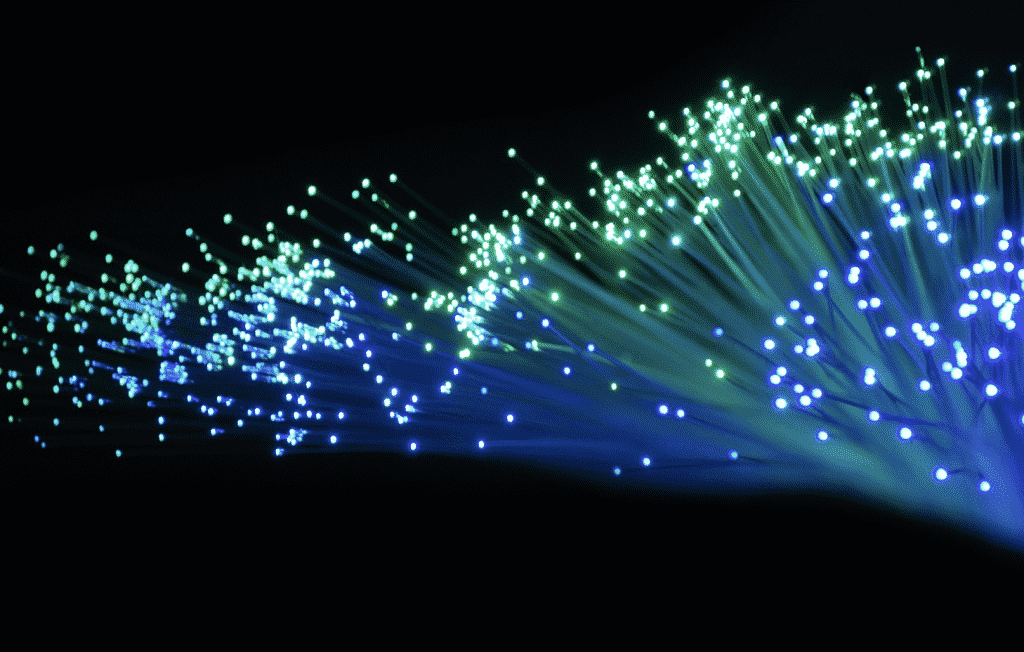If you are in the process of having your home connected to the internet in Australia, you may have come across FTTP, FTTH, and FTTC. These acronyms stand for Fiber to the Premises, Fiber to the Home, and Fibber to the Curb, respectively.
FTTH and FTTP are the same things, which means that your internet connection is fiber to the home or premises. However, this option isn’t as common as FTTC, and it is most likely that this is the connection you will get for your new home.
What Is FTTC?
Fiber to the Curb (FTTC) is a fiber internet connection from an ISP that doesn’t go all the way to your home. Instead, your home is connected to the National Broadband Network (NBN) fiber at Distribution Point Unit (DPU) in your neighborhood using your home phone or ADSL copper wire to connect your home to the NBN fiber at the DPU.
While an FTTC may not be as fast as an FTTH, it still offers impressive speeds at a much lower cost. There are many NBN plans to choose from, making getting the best plane a real chore. But you do not have to do all the hard work. iSelect is a great comparison resource that can help you compare some of the cheapest NBN plans in the market to ensure you get the best deal.
How Fast Is FTTC
When connecting your home to the internet, speed is the most significant factor you will need to consider, especially if your home has many appliances connecting to the internet. FTTC connection is much slower than an FTTH/FTTP, which can reach speeds of up to 1000mbps.
The highest speed you can get with an FTTC connection is 100mbps because it relies on copper wires – which are much slower than fiber optic cables used to connect your home from the curb.
The further your home is from the curb, the slower your speeds are because the length the internet travels in the wire will affect its speed. But speeds of 100mbps are more than enough for family use, with most families opting for a 50mbps option.
What Do I Need to Get an FTTC Connection?
To get an FTTC connection, you will need several things, including a telephone wall socket, modem-router, two Ethernet cables, and an NBN connection box. You do not need to pay for the connection box; it is provided free by the NBN and remains their property.
Your ISP will provide the router and the Ethernet cables, which they may include in their subscription charges. Once your home is connected, you can go ahead and choose a plan. Typically there is an 18-month window after getting an FTTC connection for choosing an NBN plan, after which you lose your ADSL connection.
What if I Don’t Like the FTTC Connection
If you are not satisfied with the speeds offered by an FTTC connection, you may upgrade to FTTP/FTTH. However, this comes at quite a price, so you should be ready to foot the bill.
But if you are coming from an ADSL connection, there is almost no way you will not be impressed by an FTTC connection unless your needs have changed drastically. The lowest tier in an FTTC connection is faster than the fastest ADSL connection.
Before blaming FTTC for poor speeds, ensure that your router is in perfect shape or change your Wi-Fi channel. You may need to check if the problem is with your Ethernet cables or move to a higher tier. If all these fail to meet your expectation, you can consider changing the connection if it is an option in your neighborhood.
